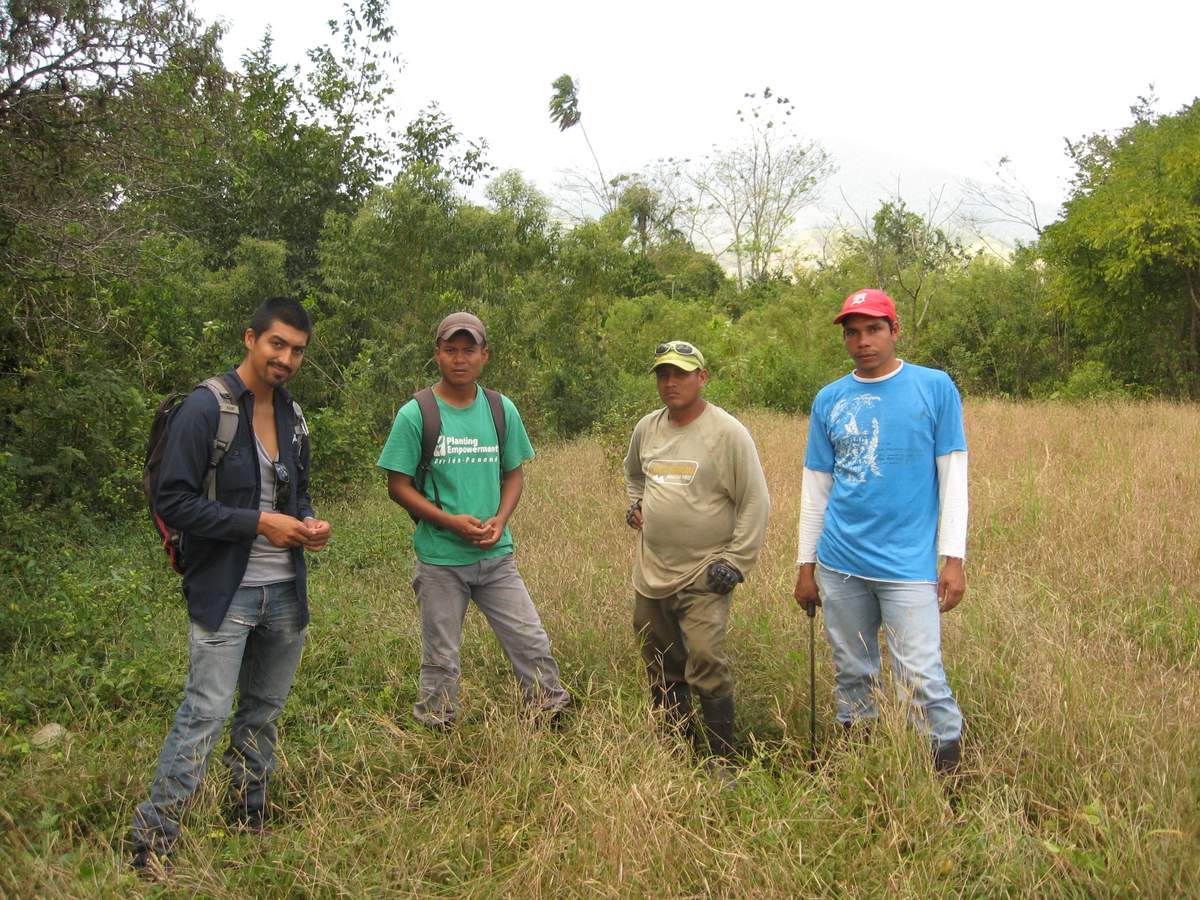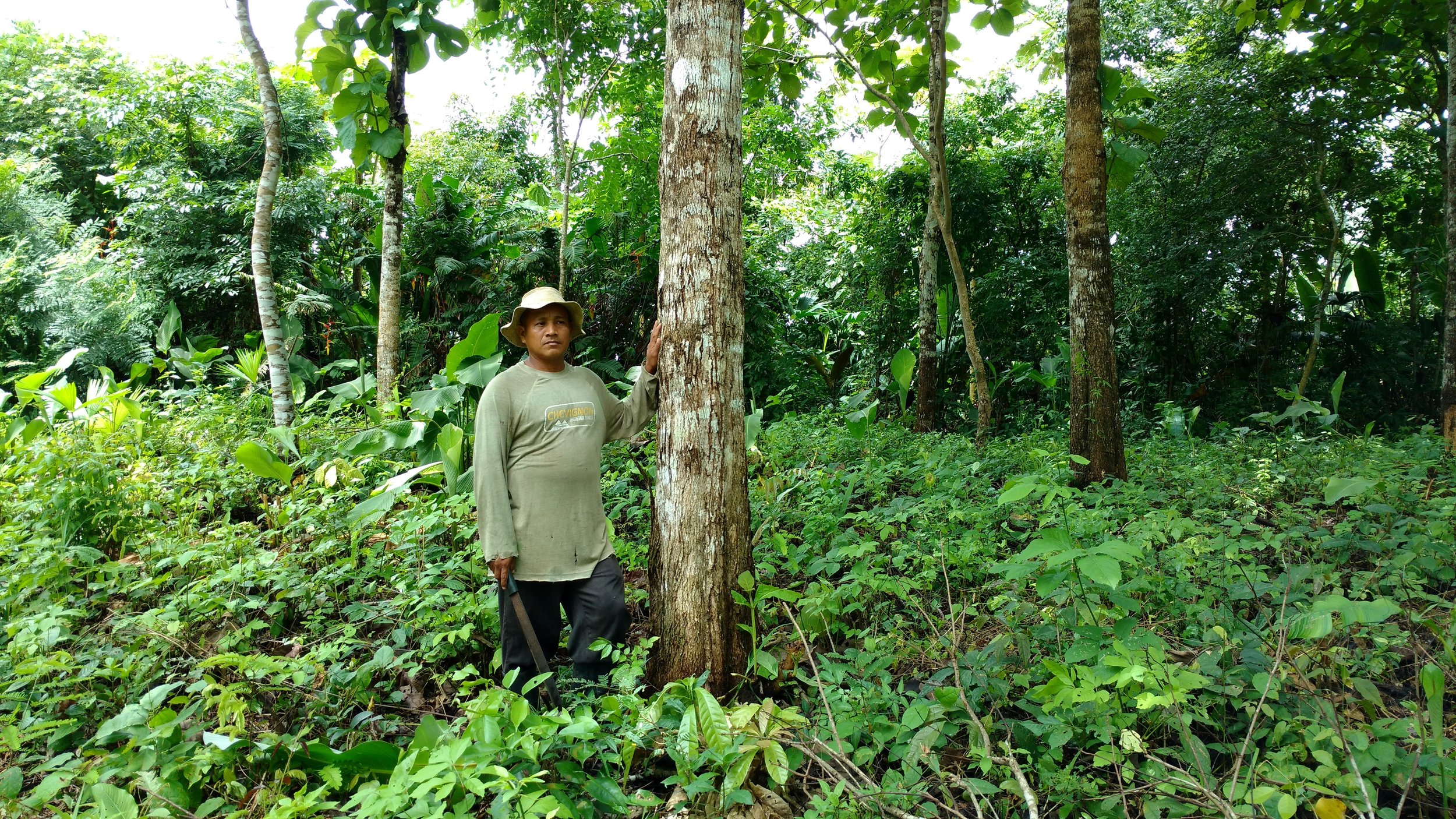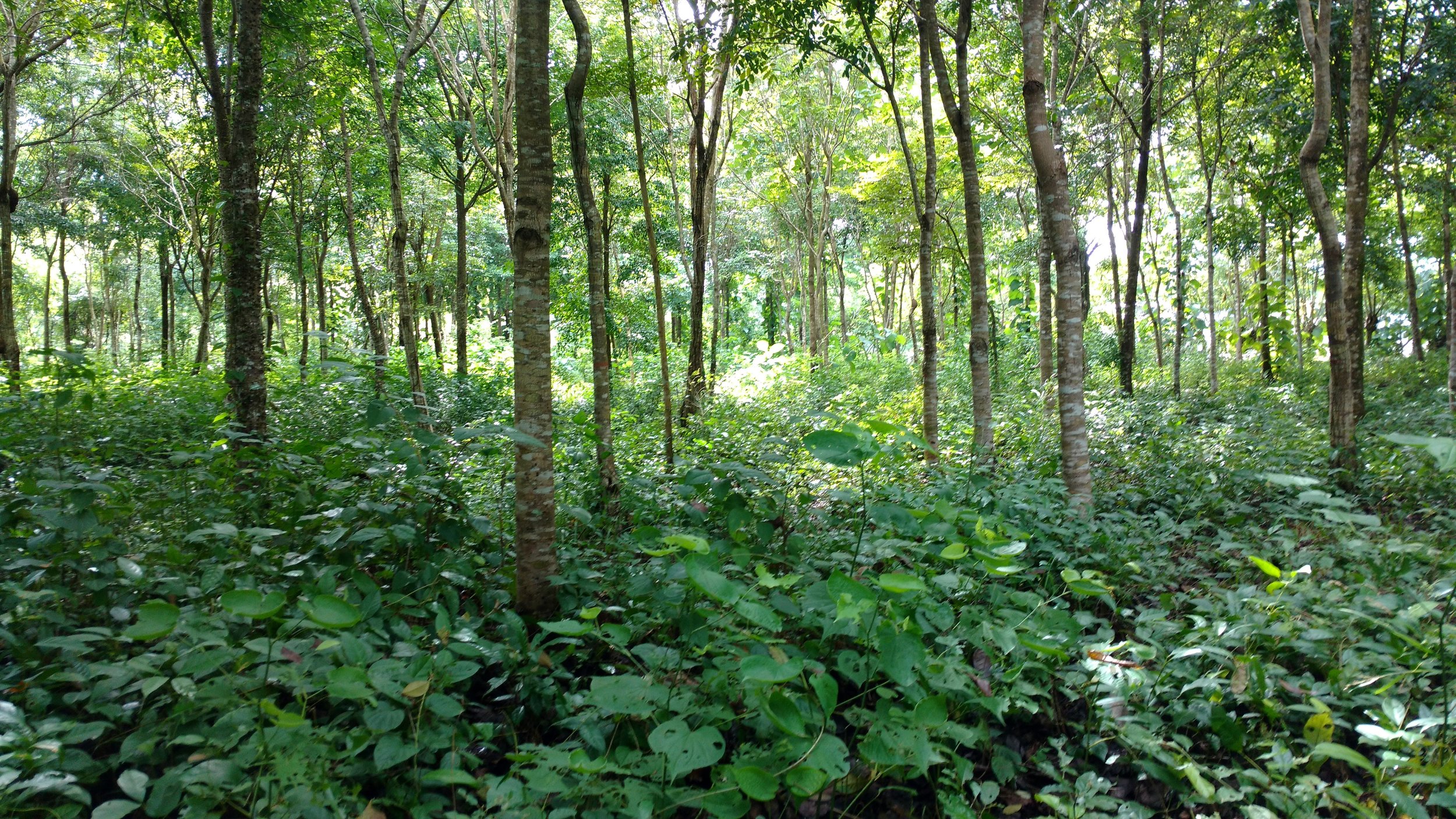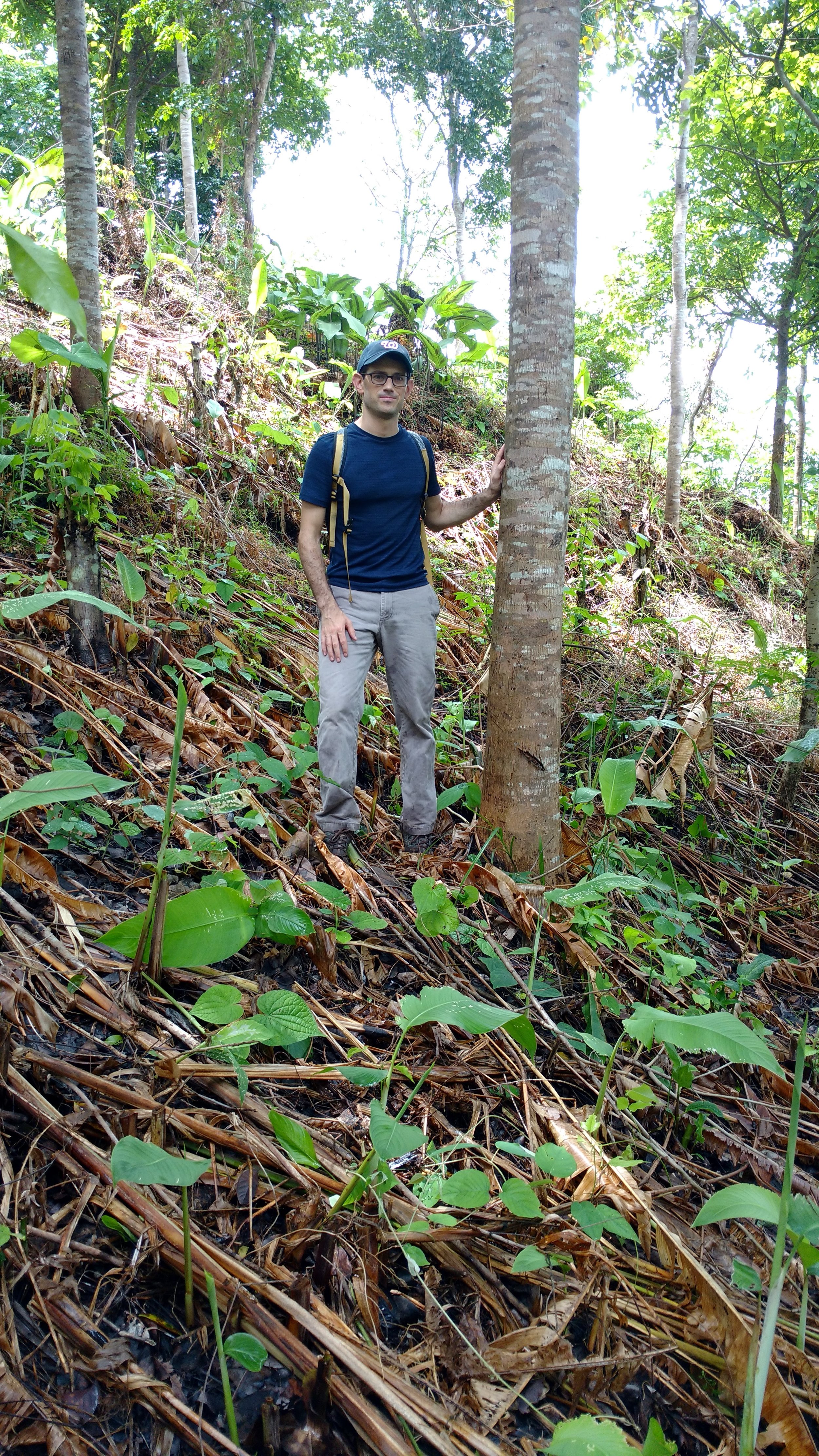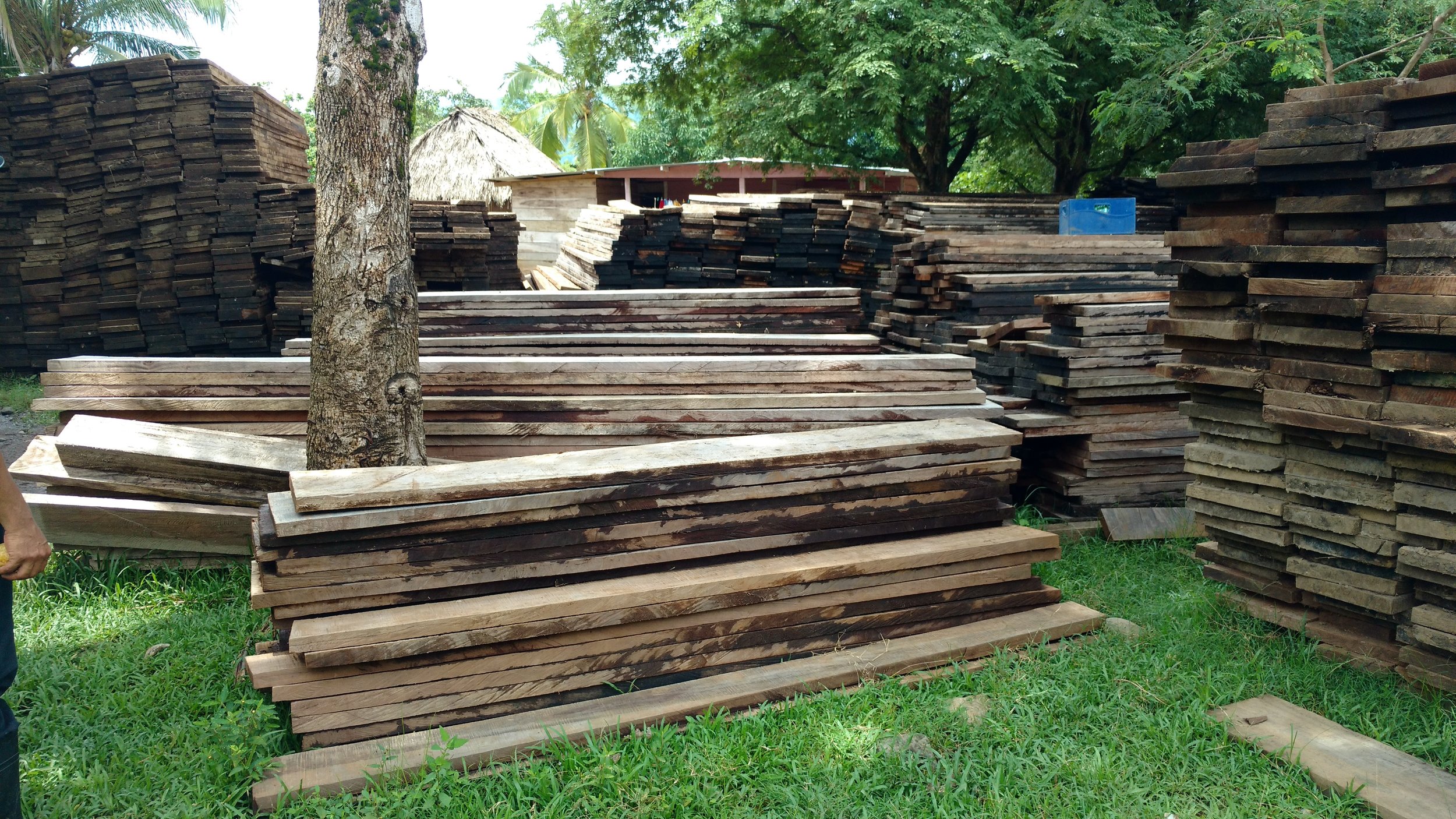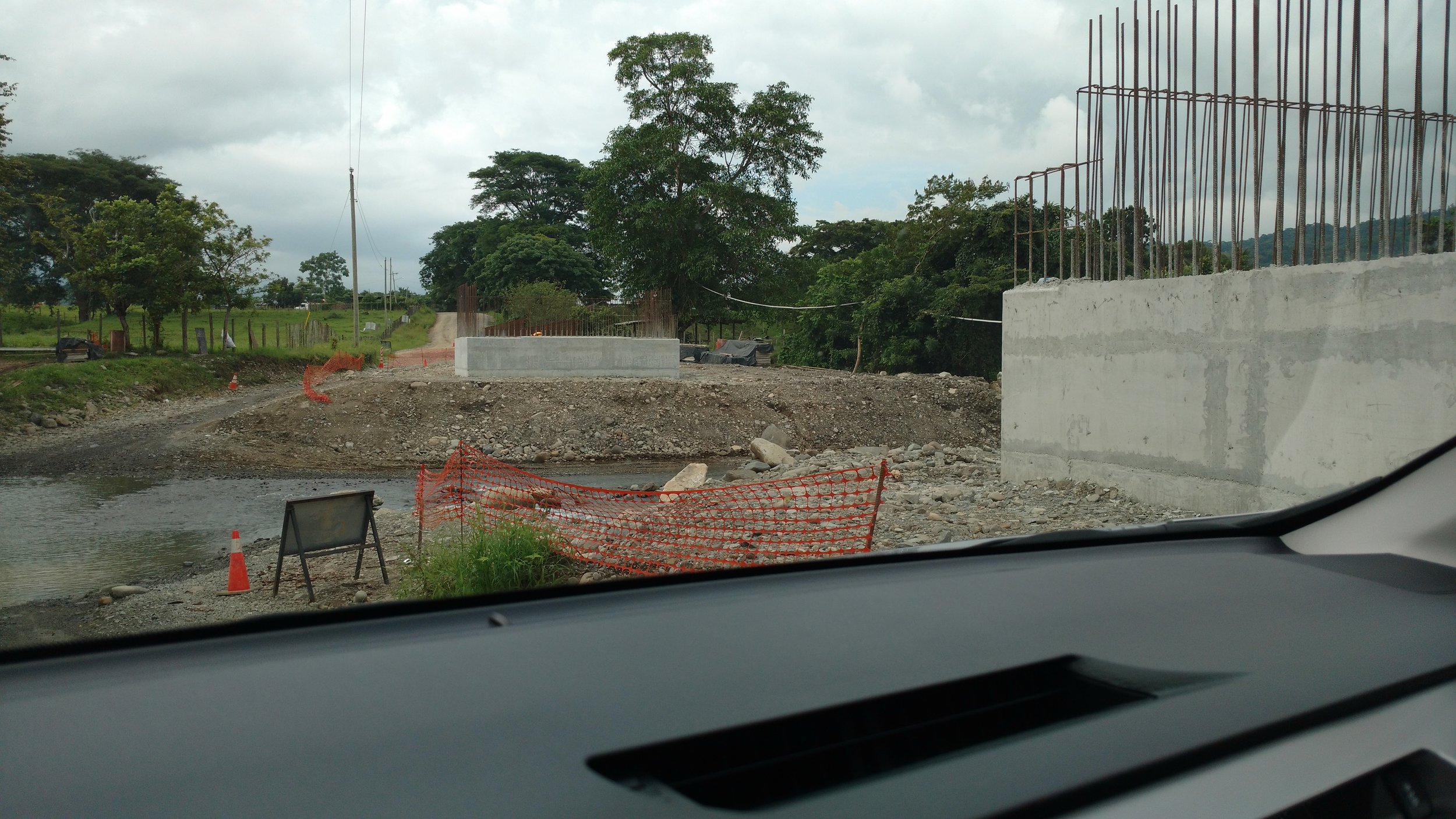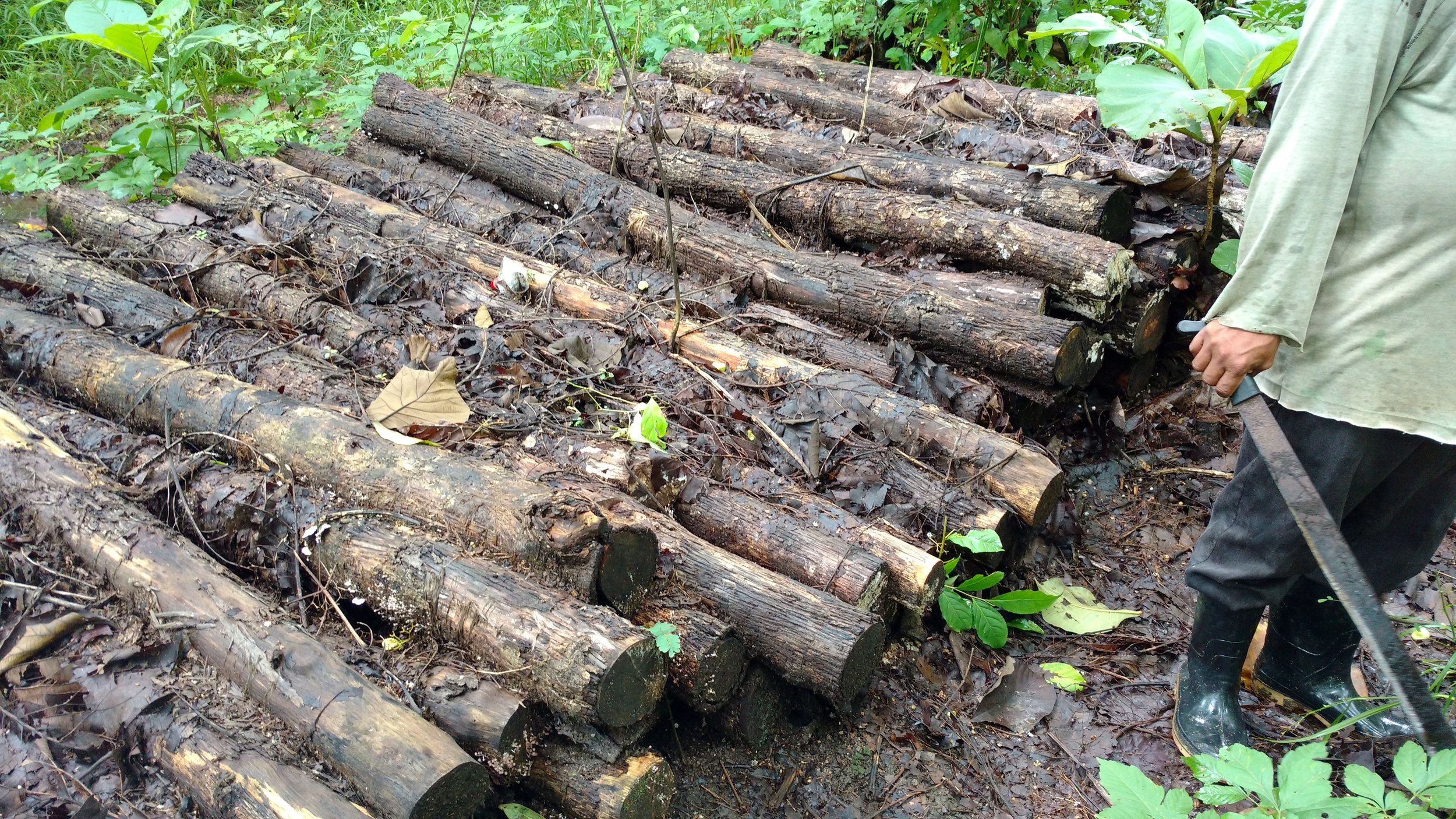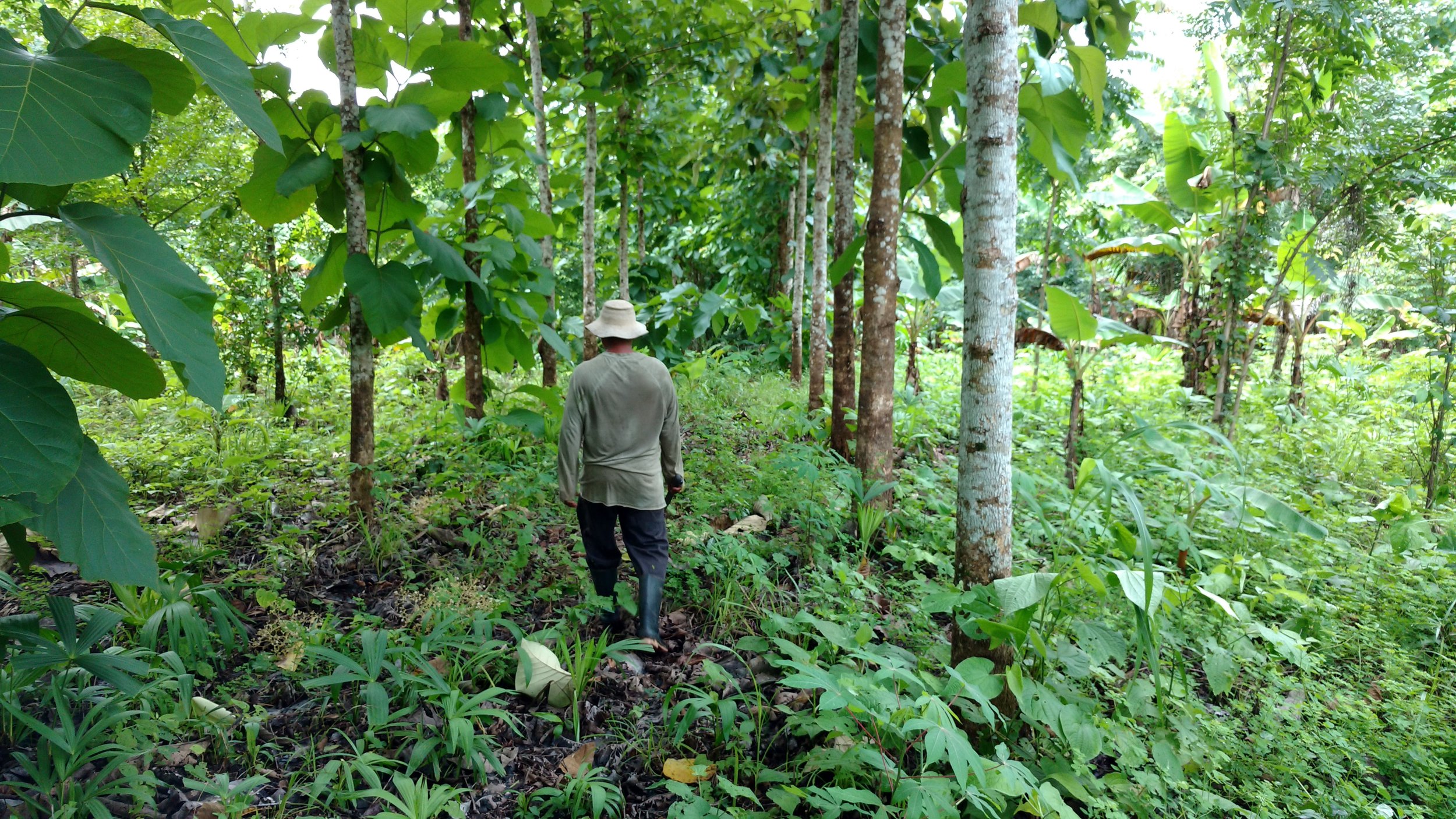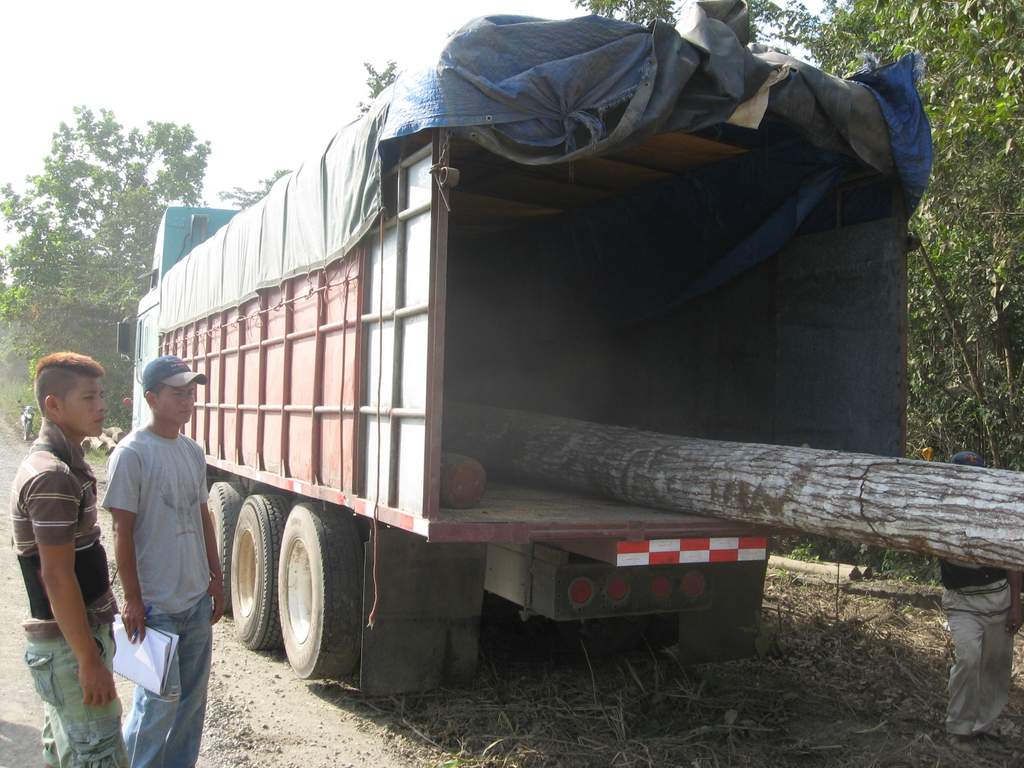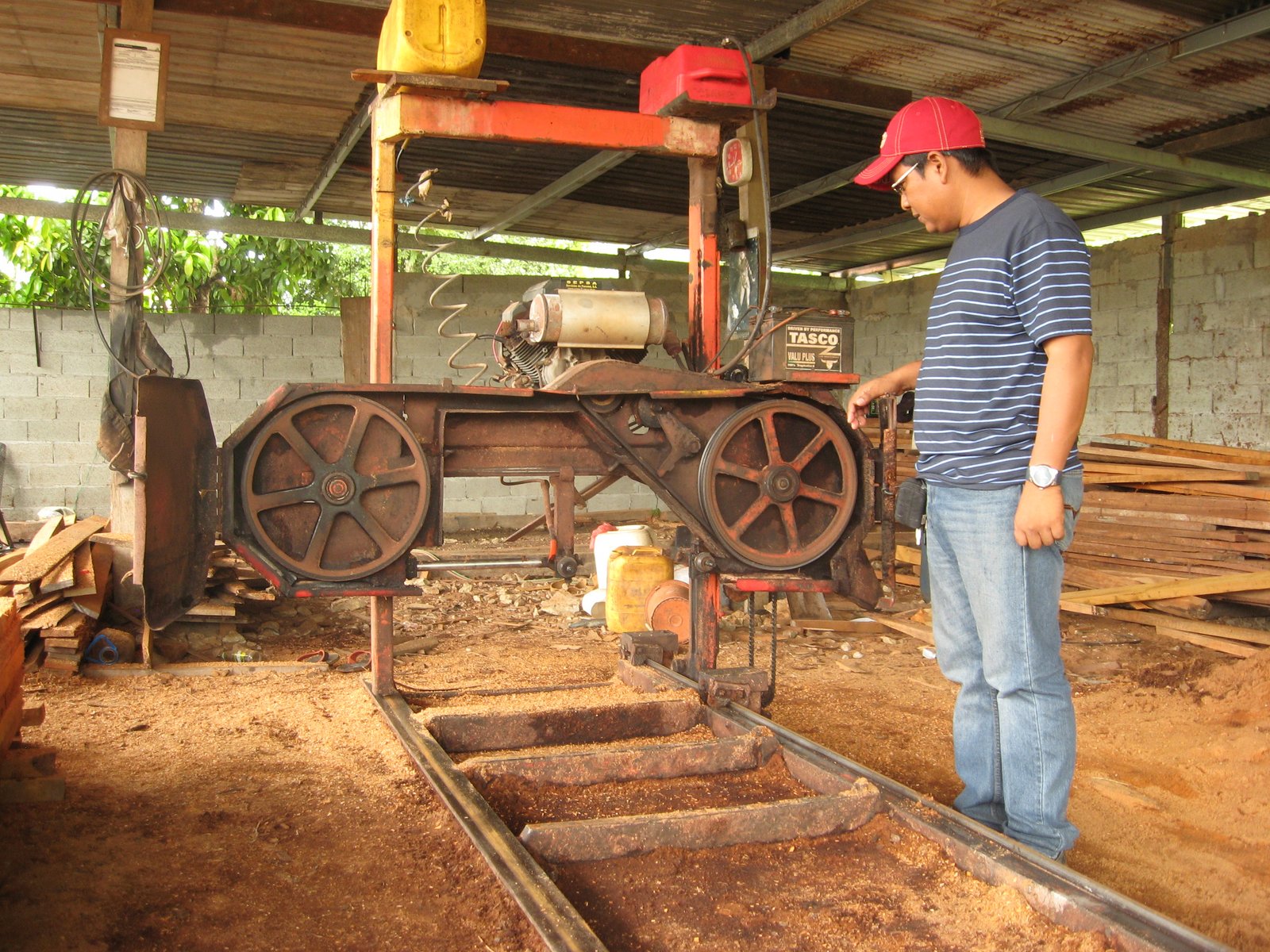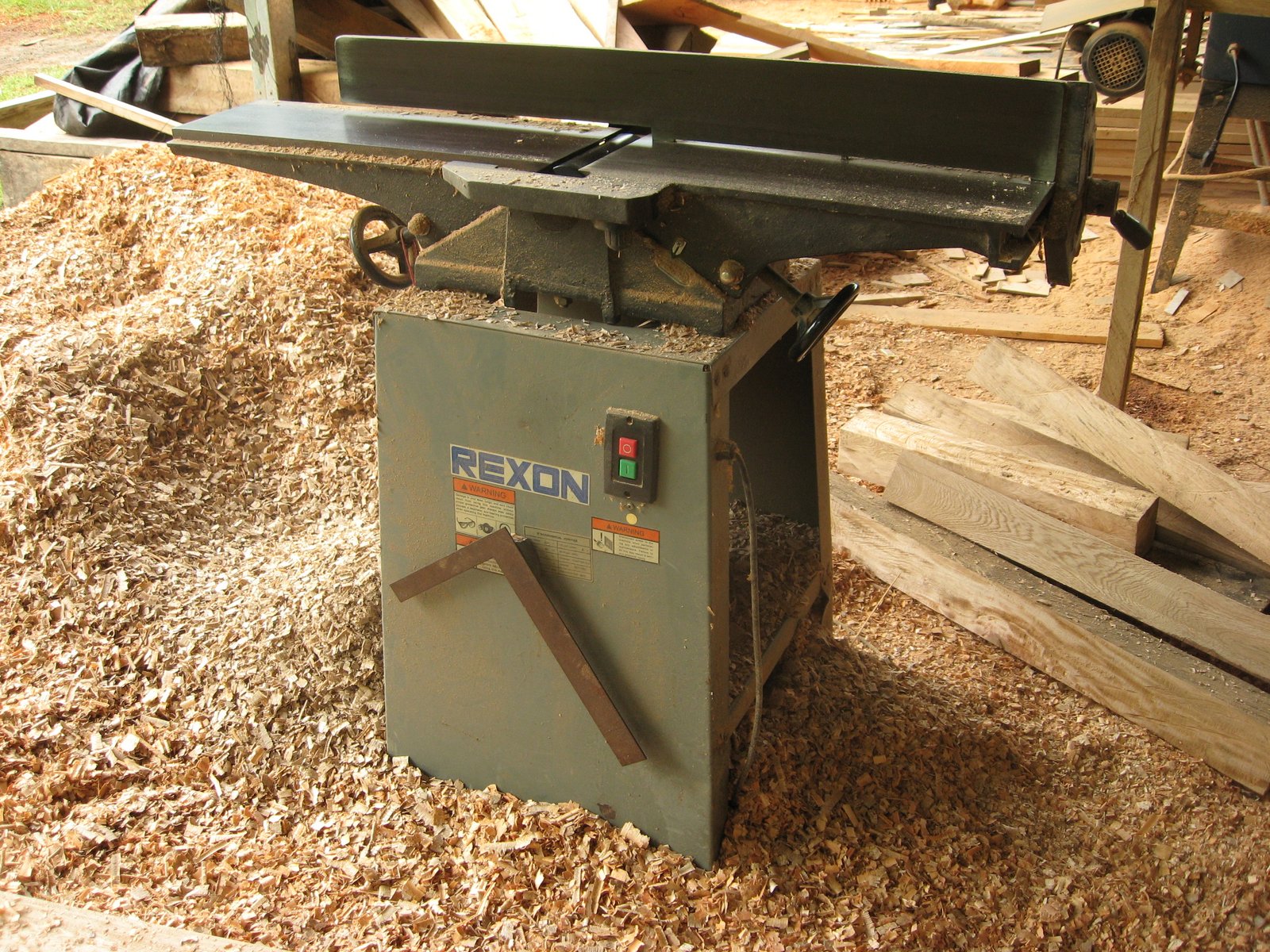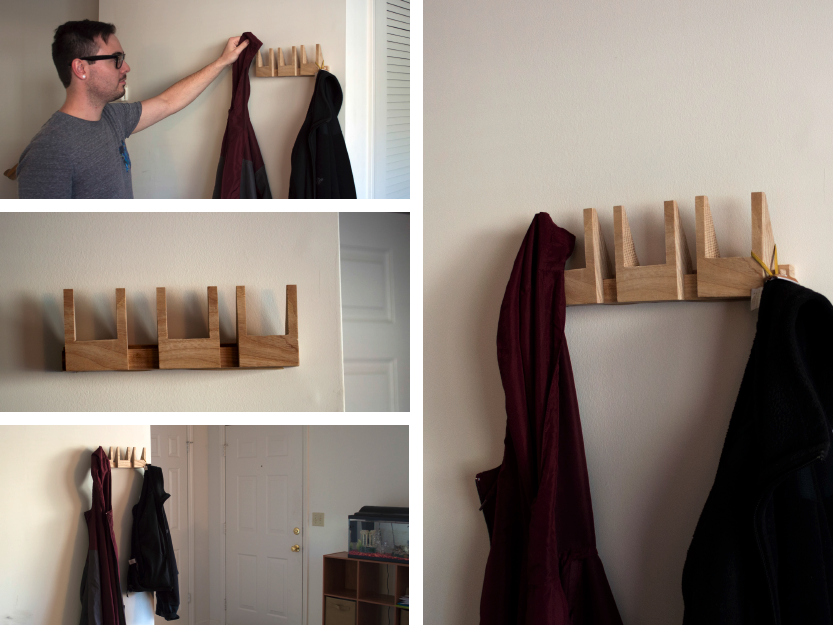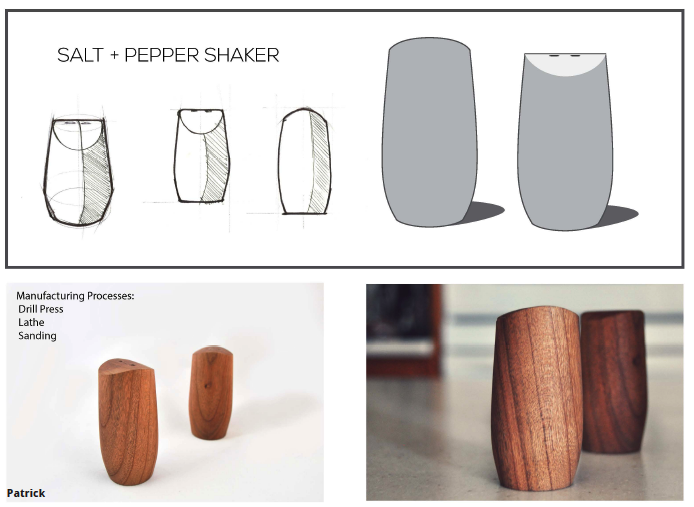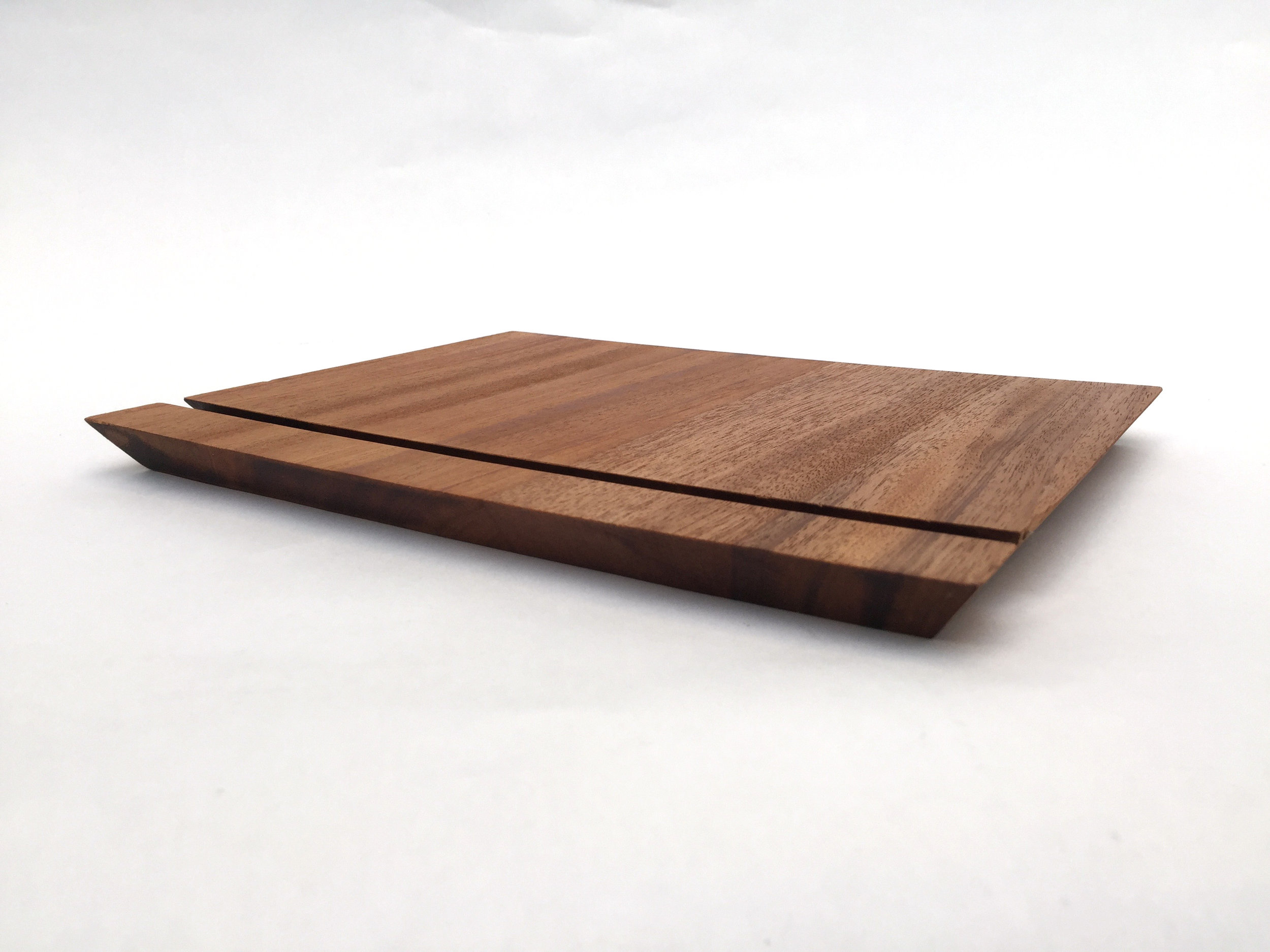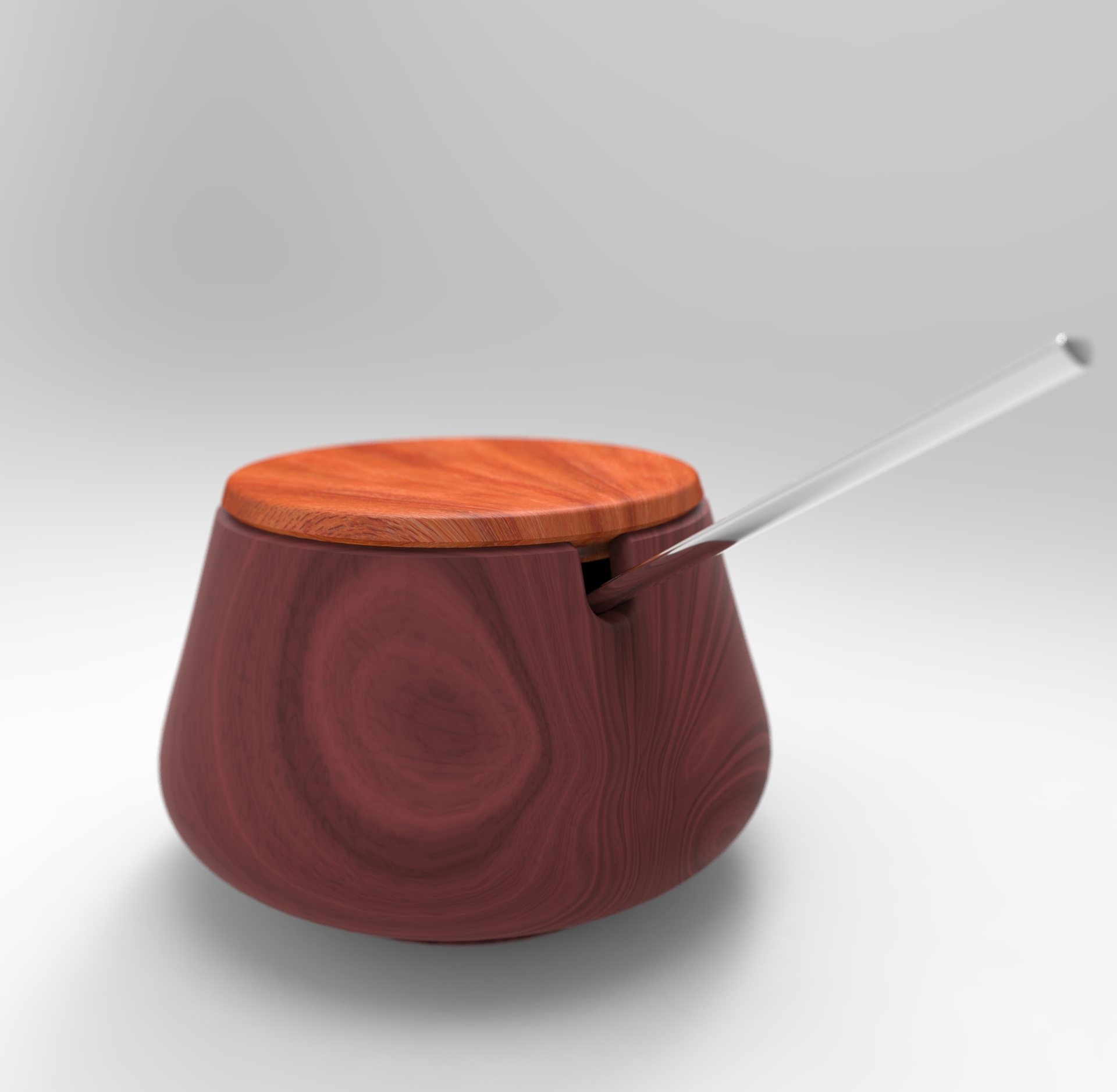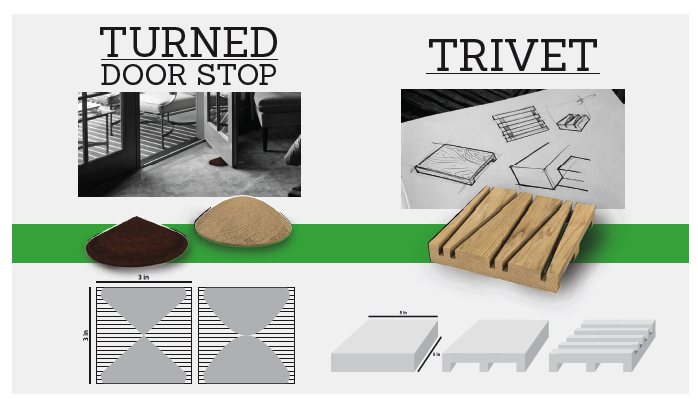Collaborating with Furch Guitars to support Indigenous community’s rosewood plantation
/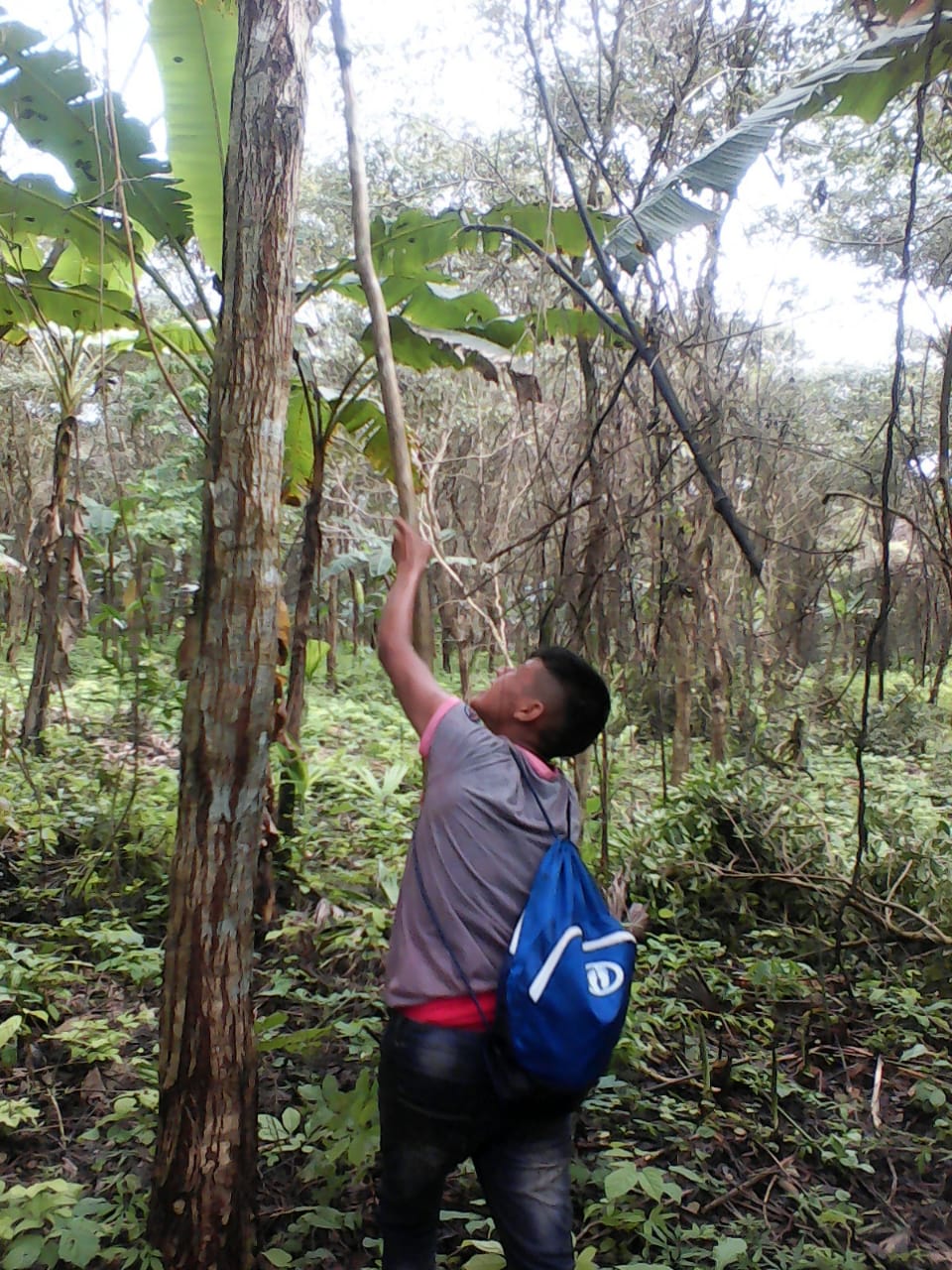
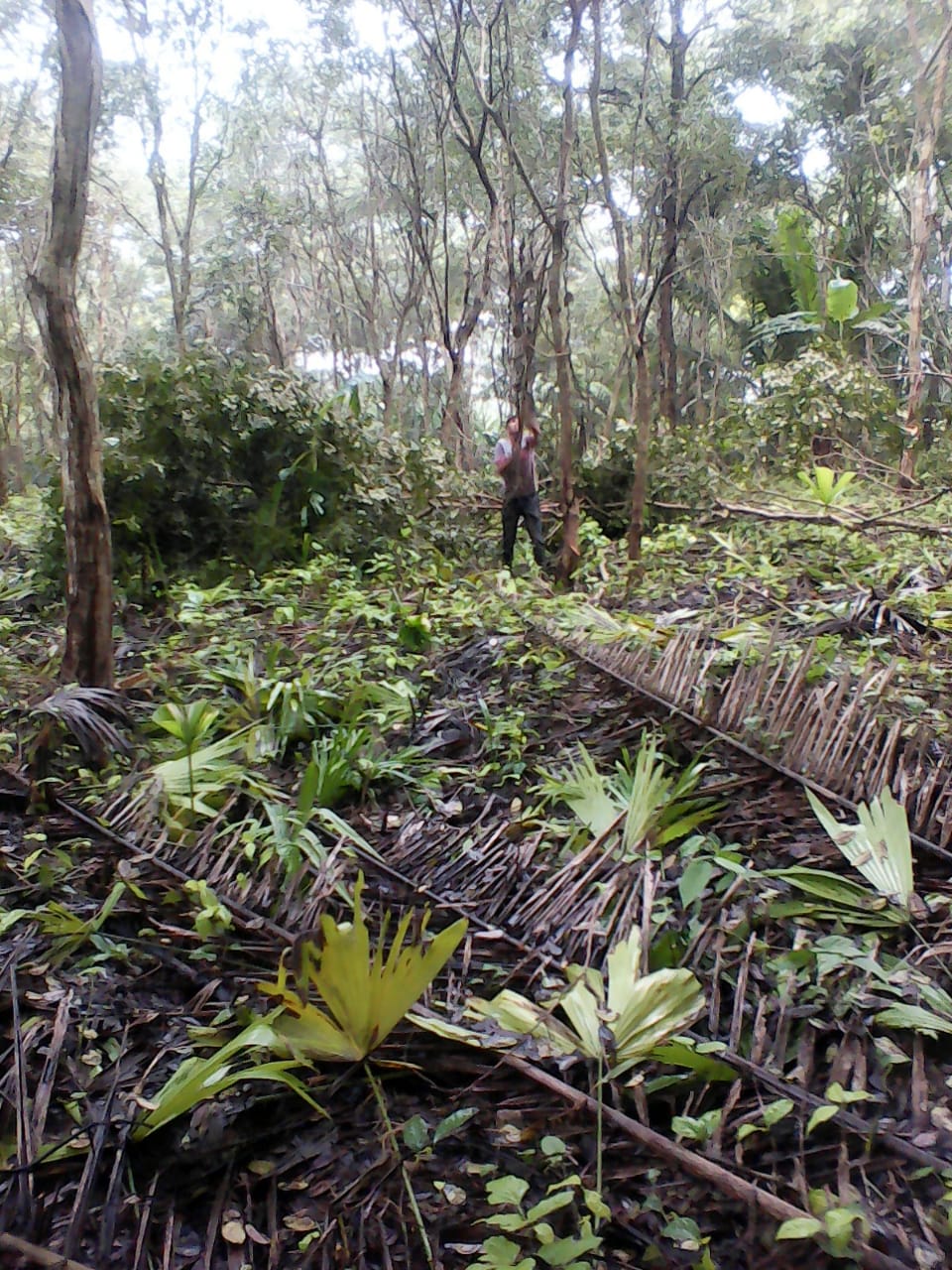
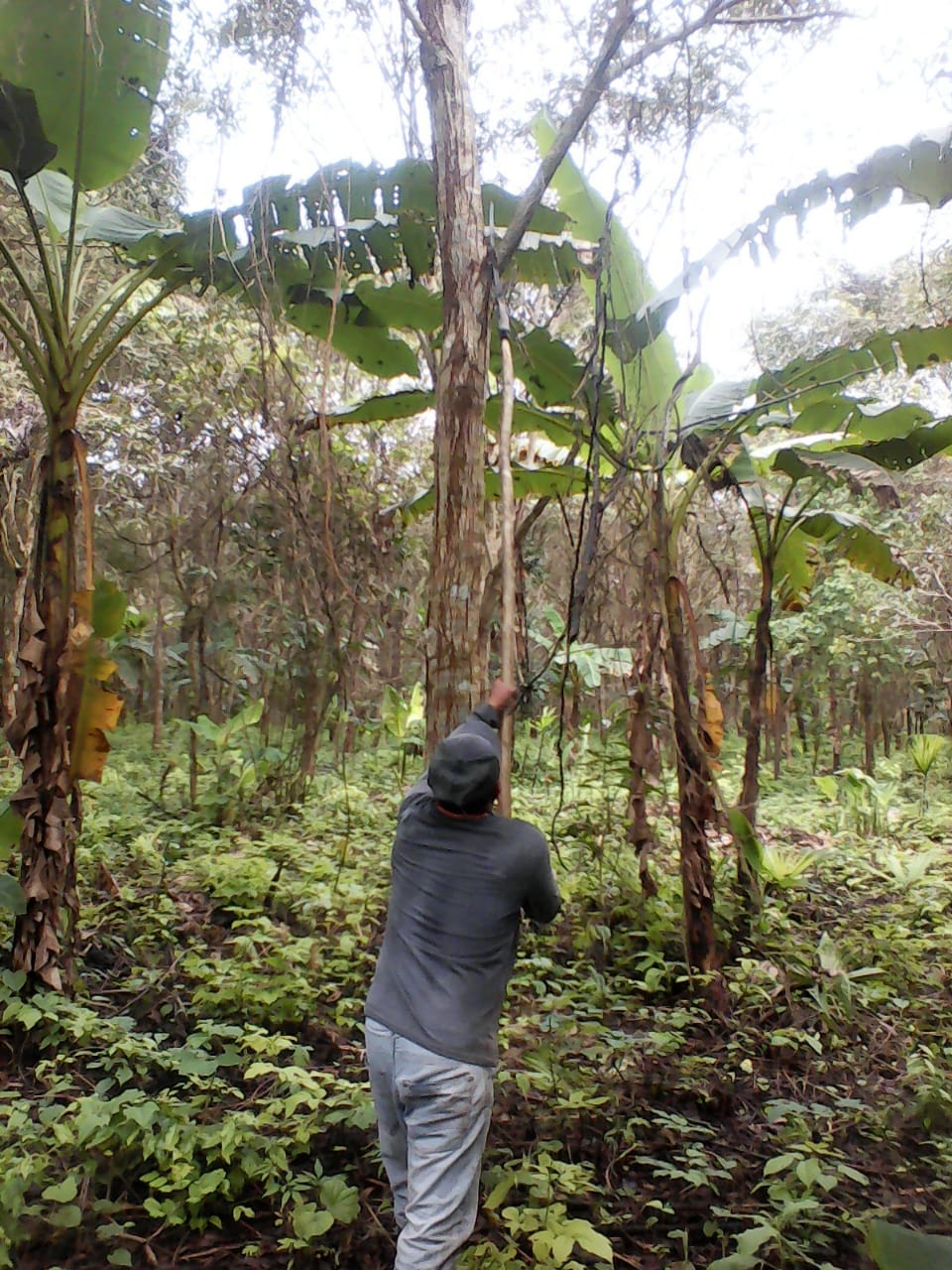

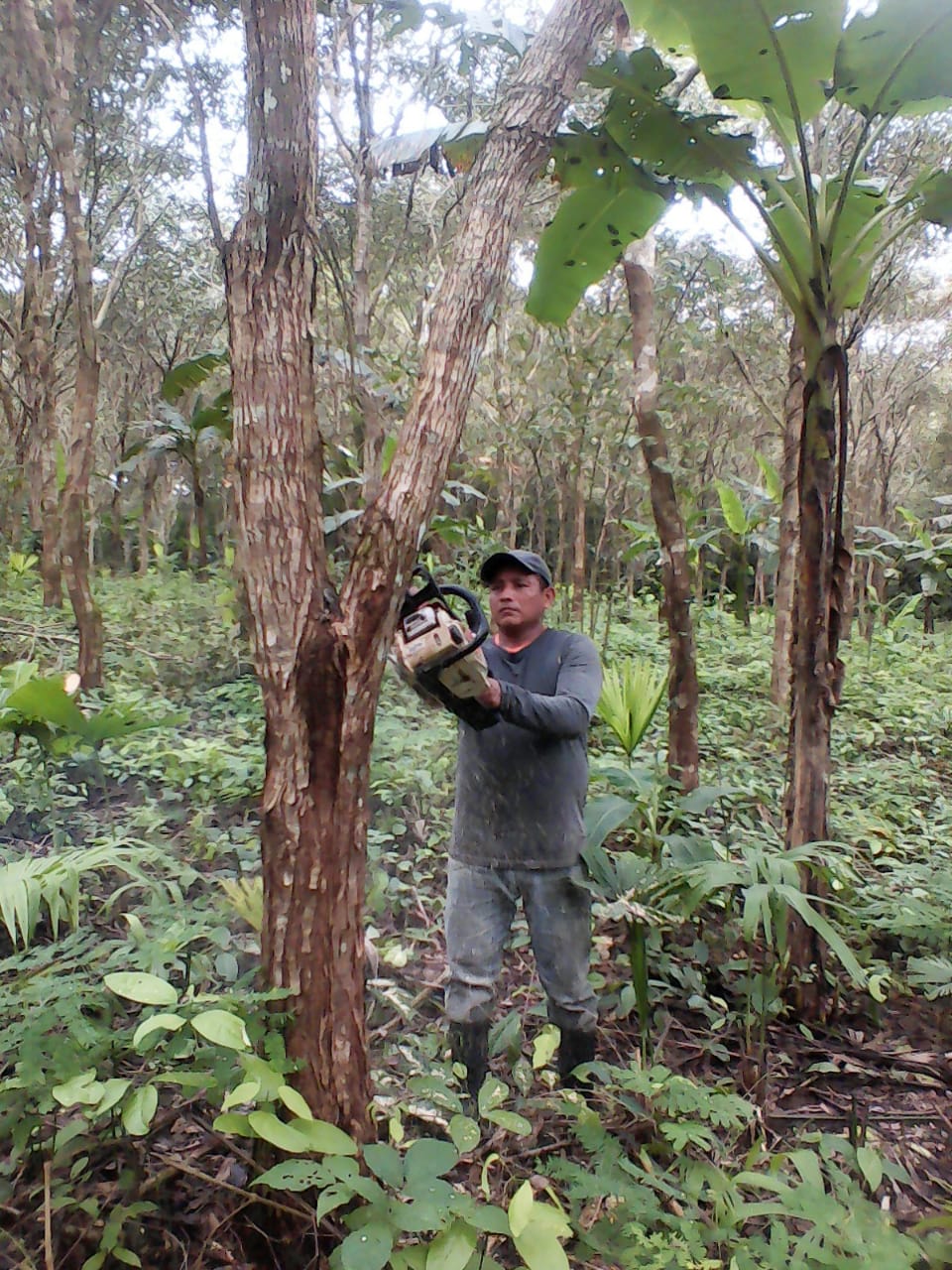
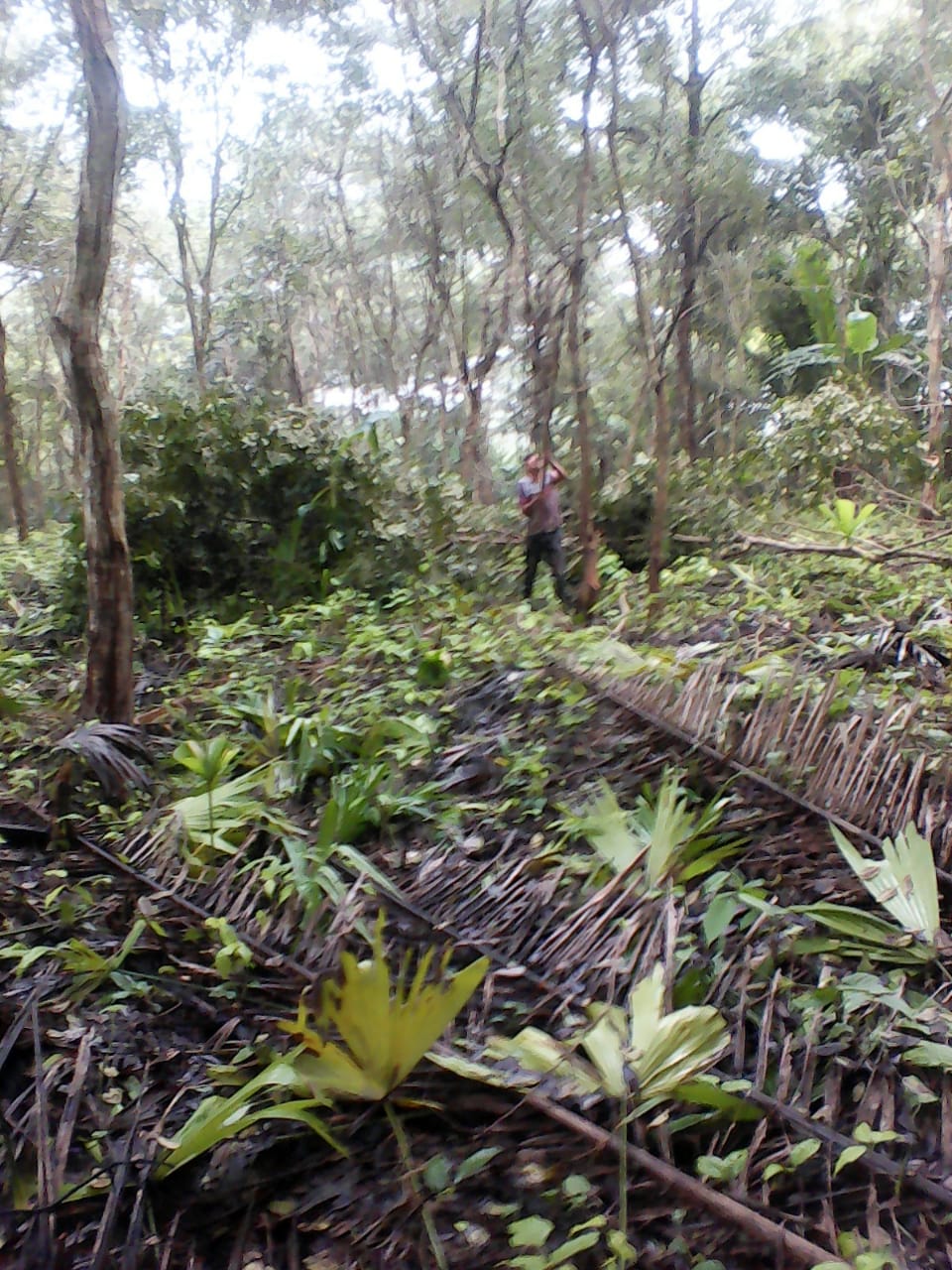
Earlier this year we received an email from Furch Guitars—a premium quality acoustic guitars maker in the Czech Republic—inquiring about our native species forests. Furch is interested in ensuring the sustainability of the hardwoods used in its guitars, namely Rosewood (dalbergia retusa) and Mahogany (swietenia macrophylla). They agreed to finance the maintenance of a Rosewood plantation belonging to our partner community Arimae.
Rosewood and Mahogany are found in some of our partner community Arimae’s newer forestry plots. We were instrumental in helping Arimae establish its four hectare (about nine acres) Rosewood plantation in 2010 through a grant from the Global Environment Facility’s Small Grant Program (GEF SGP). A smaller and neighboring Mahogany plantation had been established by the community itself about 8-10 years earlier. The community considers these plantations one of their investment strategies.
The proceeds of the GEF SGP grant covered the costs of maintaining the Rosewood plantation for a year, but when the funds ran out Arimae couldn’t perform the subsequent weeding and pruning. The community did not have its own resources to pay for the maintenance because of legal bills associated with securing its formal land title. We helped over the years by cleaning the plantation and planting plantains, whose frequent cleanings also benefited the Rosewood trees. When the plantain project ended a couple of years ago, competing vegetation once again began to hinder the Rosewood trees’ growth.
With the support from Furch Guitars, Arimae cleared competing vegetation from between the Rosewood trees and pruned the trees of excessive branched. The cleanings ensure vines don’t inhibit the trees’ growth, and that pioneer trees don’t outcompete the Rosewood for sunlight. The pruning improves the future quality of the wood by reducing knots while also encouraging the tree to grow taller and straighter.
Our conservative estimate is that the four hectare Rosewood plantation adds annually about 26 cubic meters of harvestable timber annually. That amount is more than what Furch Guitars currently uses, so the company is being extra judicious in its support to ensure it grows a sufficient amount of Rosewood for the future.
Before we started finalizing any agreement with Furch, we first discussed with the community of Arimae to ensure its interest and secure its consent. Community members from Arimae receive competitive pay to do all of the cleaning and pruning work—an additional benefit coming from the collaboration. PE and the community of Arimae want to thank Furch Guitars for the support and hope the collaboration is of the long term kind.


